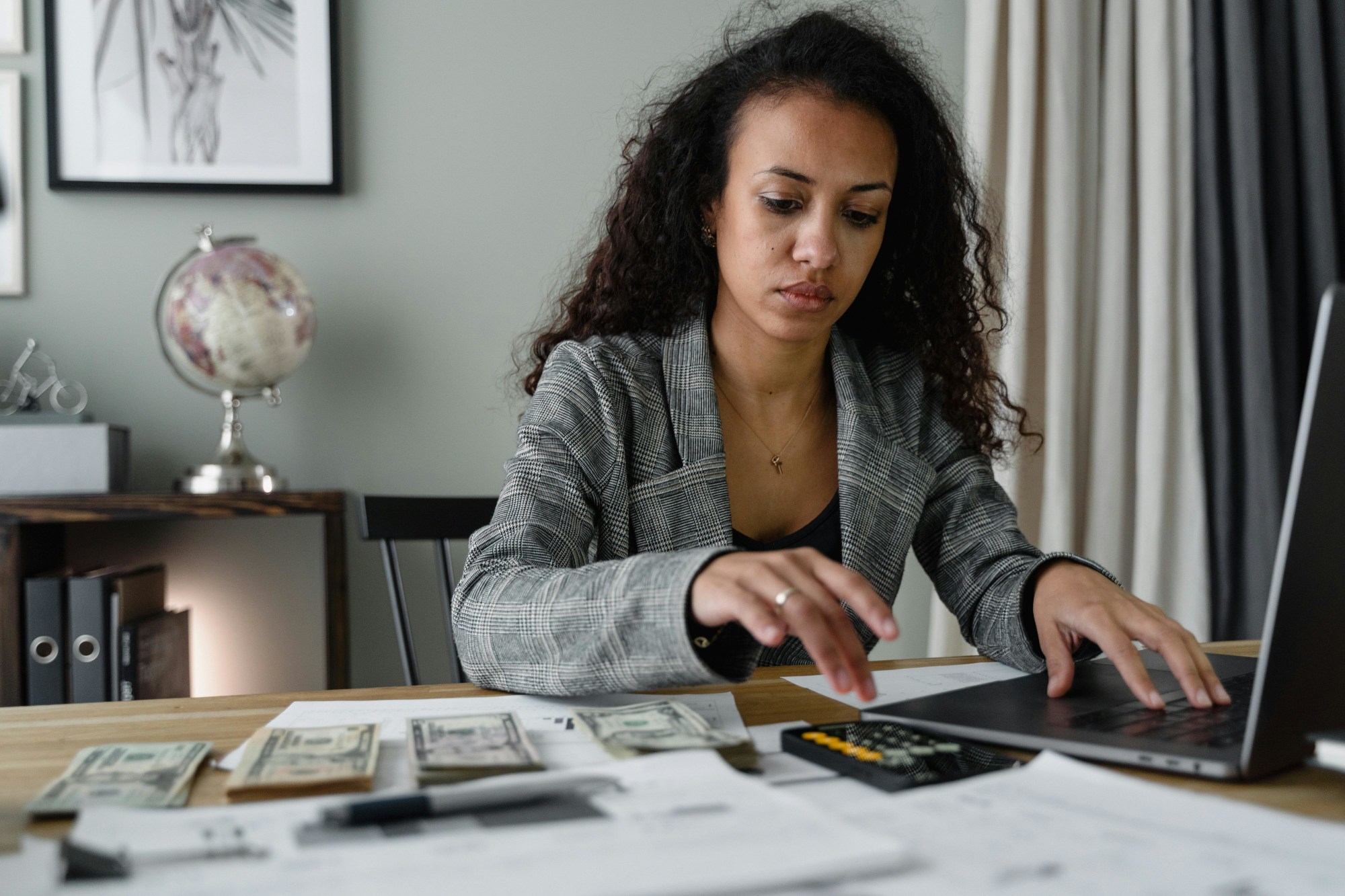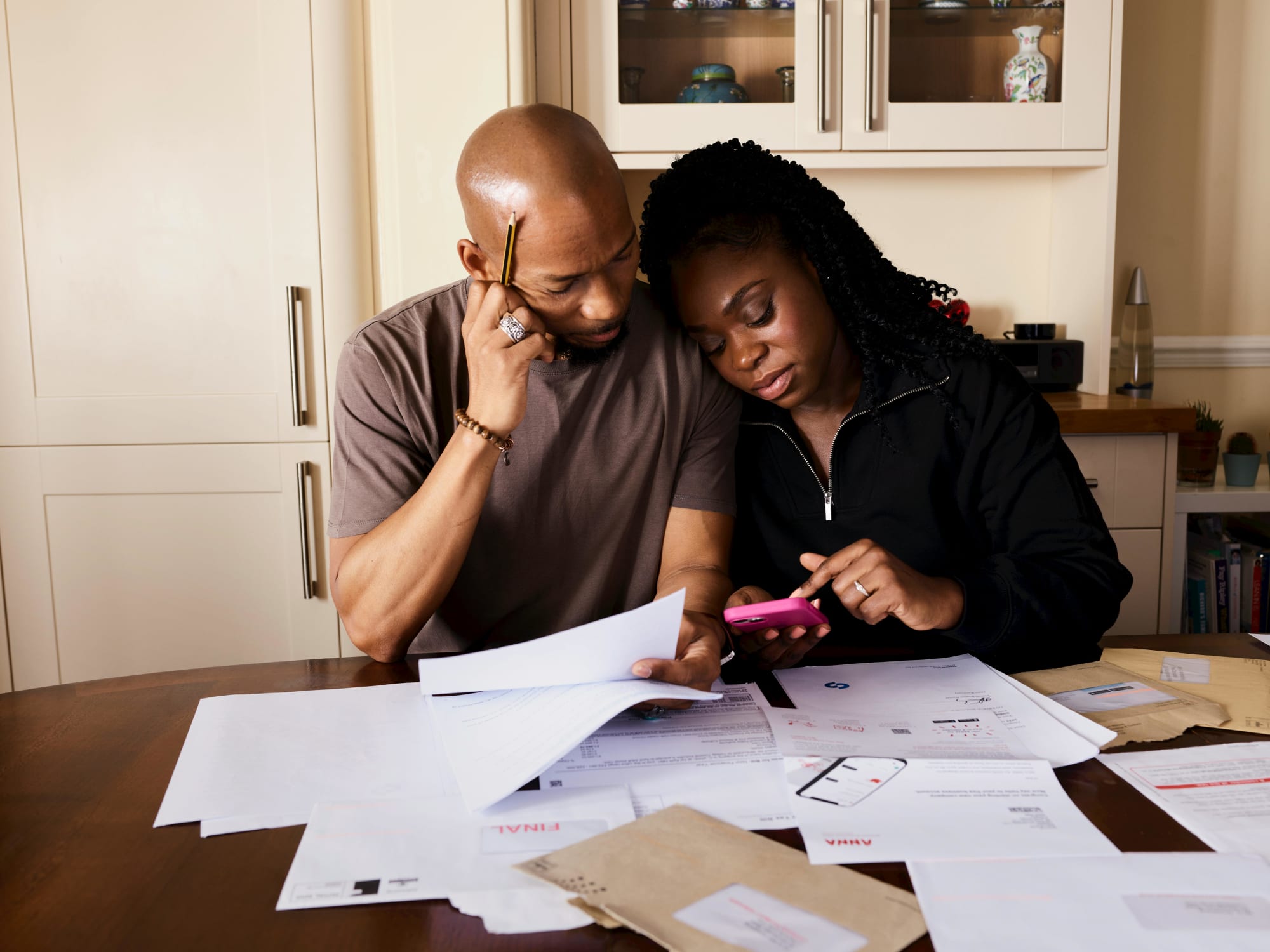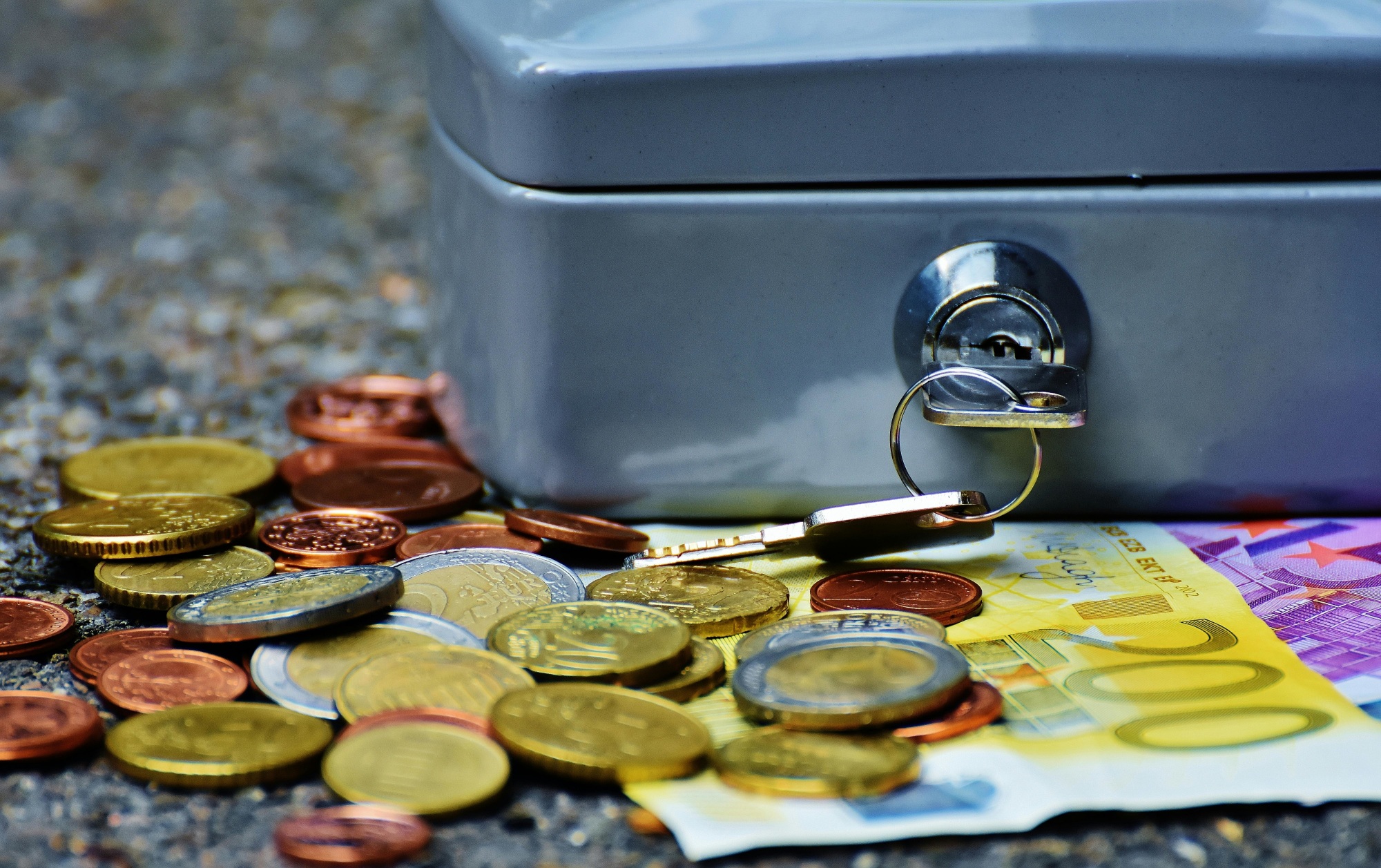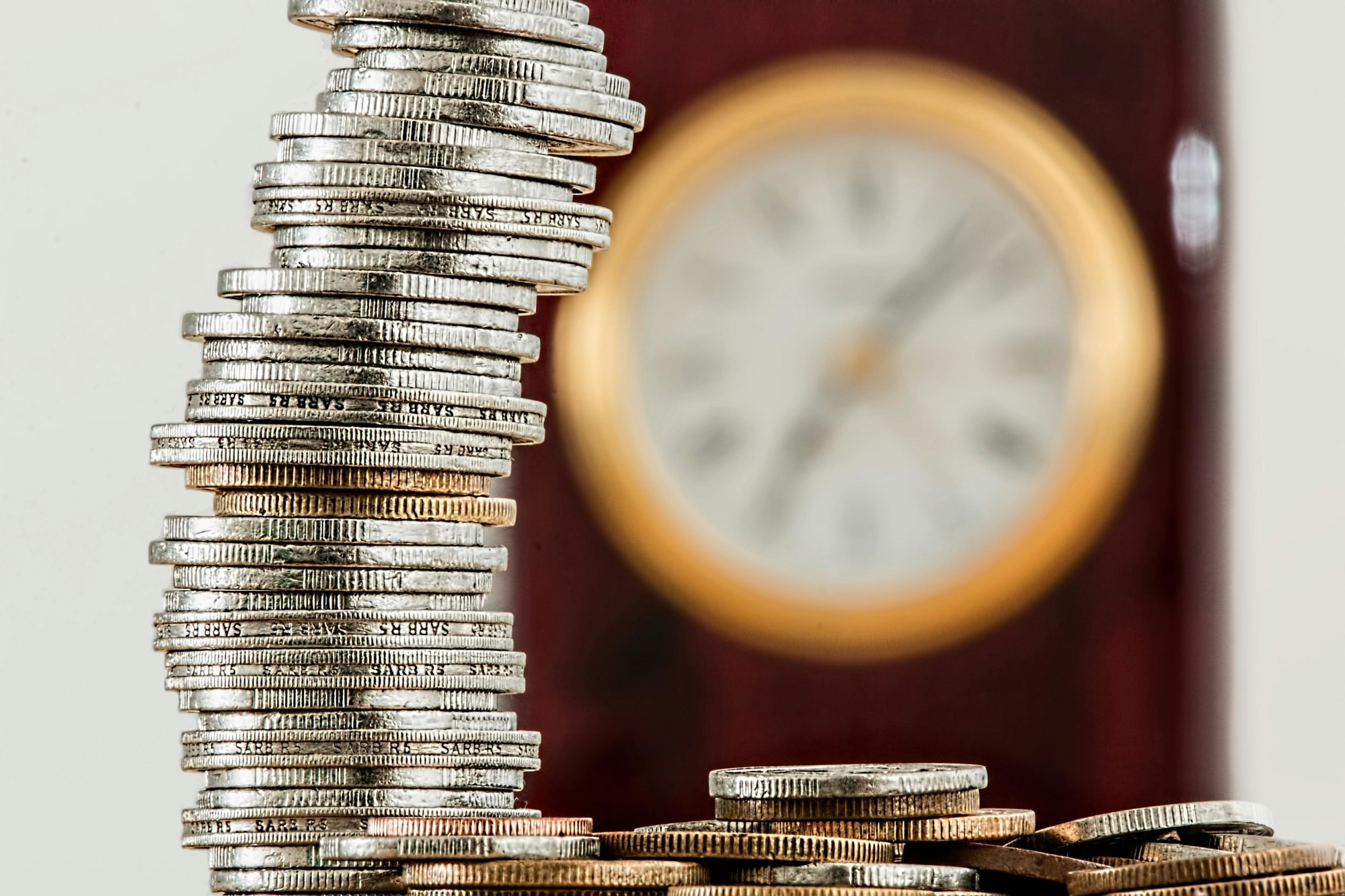Save
Crafting your safety net: Building an emergency fund in Australia
In uncertain times, having an emergency fund is more than a financial buffer—it's peace of mind. For Australians looking to start their journey towards financial security, building an emergency fund from scratch is a foundational step. This guide outlines practical steps and strategies to establish an emergency savings account, ensuring you're prepared for life's unexpected turns.
Crafting your safety net: Building an emergency fund in Australia
In uncertain times, having an emergency fund is more than a financial buffer—it's peace of mind. For Australians looking to start their journey towards financial security, building an emergency fund from scratch is a foundational step. This guide outlines practical steps and strategies to establish an emergency savings account, ensuring you're prepared for life's unexpected turns.

Understanding the importance of an emergency fund
An emergency fund is a reserved pool of money designed to cover unexpected expenses, such as medical bills, car repairs, or sudden job loss. The aim is to provide financial security without resorting to high-interest loans or credit cards, which can exacerbate financial stress.
Step 1: Set your emergency fund goal
The first step in building your emergency fund is to determine how much you need. Most financial advisors recommend saving three to six months' worth of living expenses. Assess your monthly expenses to establish a target that suits your lifestyle and financial obligations.
Step 2: Open a dedicated savings account
Open a savings account specifically for your emergency fund. Look for accounts with higher interest rates to maximise your savings growth, ensuring it's accessible without being too easy to tap into for non-emergencies. Some banks offer accounts with no monthly fees and unlimited transactions, which can be ideal for emergency funds.
Step 3: Create a budget and identify savings
Crafting a budget is crucial. It provides insight into where your money goes each month and highlights areas where you can cut back. By reducing unnecessary expenses, you can allocate more towards your emergency fund. Consider using budgeting apps or spreadsheets to track your spending and savings progress.

Step 4: Start small and increase over time
If the idea of saving several months' worth of expenses seems daunting, start small. Even saving a small amount, like $20 or $50 per pay period, can build momentum. As you adjust your budget and find more ways to save, gradually increase your contributions.
Step 5: Automate your savings
Automation is a powerful tool for building your emergency fund. Set up automatic transfers from your checking account to your emergency savings account each payday. This "set and forget" strategy ensures consistent savings without the temptation to spend.
Step 6: Utilise windfalls wisely
Any unexpected windfalls, such as tax refunds, bonuses, or gifts, provide a great opportunity to boost your emergency fund. Allocating a portion or all of these funds to your emergency savings can help you reach your goal faster.
Step 7: Review and adjust regularly
Your financial situation can change, so it's important to review your emergency fund regularly. If your living expenses increase, adjust your savings goal accordingly. Likewise, if you achieve your initial target, consider setting a new goal to further bolster your financial security.
Conclusion
Building an emergency fund from scratch in Australia is a journey towards financial resilience. By setting a clear goal, creating a dedicated savings account, and employing strategies like budgeting, starting small, automating savings, and using windfalls wisely, you can establish a robust safety net. Remember, the key is consistency and commitment to your financial well-being, ensuring you're prepared for whatever life throws your way.
---
This comprehensive guide aims to empower Australians with actionable steps and strategies to start and grow their emergency funds. Building an emergency fund is a fundamental aspect of financial planning, providing a buffer that can help navigate through unexpected financial challenges with confidence and ease.

How to budget
Australia’s first-home buyer reset: how policy, rates and competition will shape the rebound
After a flat first half of 2025, first-home buyer (FHB) activity is set to lift—nudged by a five per cent deposit guarantee and the Reserve Bank’s first rate cut since 2020. But a rebound won’t be ...Read more

How to budget
Australians Seek Bargains to Stretch Christmas Budgets Amid Rising Costs
As the festive season approaches, Australians are preparing to spend more on Christmas gifts and festive feasts compared to previous years. However, despite larger budgets, many are still on the hunt ...Read more

How to budget
Australians grapple with stubborn cost of living in 2025
In a year marked by persistent financial strain, only a meagre 7% of Australians believe that the cost of living has improved, according to the 2025 Household Budget Barometer released by Compare the ...Read more

How to budget
How to take control amid rising electricity costs
Energy bills are increasing for almost nine in ten Australians, forcing many to think outside the box when it comes to keeping costs and electricity usage down. While some are resorting to showering ...Read more

How to budget
Aussies get savvy with energy hacks as costs surge
As energy costs continue to climb across Australia, a recent study commissioned by Zip Co (ASX: ZIP) reveals that 91% of Australians are actively seeking innovative ways to reduce their energy billsRead more

How to budget
The psychology behind saving: Understanding and overcoming common barriers
Saving money is a fundamental aspect of financial security, yet many people find it difficult to set aside a portion of their income regularly. Read more

How to budget
Smart saving tips for first home buyers in Australia
Purchasing your first home is a significant milestone, but the path to homeownership in Australia can seem daunting due to the high property prices and competitive market. However, with the right ...Read more

How to budget
The psychology of saving: How to train your brain to cut expenses
Saving money is more than just a practical financial strategy; it’s a mindset that requires discipline and a reorientation of one’s approach to spending and savings. Read more

How to budget
Australia’s first-home buyer reset: how policy, rates and competition will shape the rebound
After a flat first half of 2025, first-home buyer (FHB) activity is set to lift—nudged by a five per cent deposit guarantee and the Reserve Bank’s first rate cut since 2020. But a rebound won’t be ...Read more

How to budget
Australians Seek Bargains to Stretch Christmas Budgets Amid Rising Costs
As the festive season approaches, Australians are preparing to spend more on Christmas gifts and festive feasts compared to previous years. However, despite larger budgets, many are still on the hunt ...Read more

How to budget
Australians grapple with stubborn cost of living in 2025
In a year marked by persistent financial strain, only a meagre 7% of Australians believe that the cost of living has improved, according to the 2025 Household Budget Barometer released by Compare the ...Read more

How to budget
How to take control amid rising electricity costs
Energy bills are increasing for almost nine in ten Australians, forcing many to think outside the box when it comes to keeping costs and electricity usage down. While some are resorting to showering ...Read more

How to budget
Aussies get savvy with energy hacks as costs surge
As energy costs continue to climb across Australia, a recent study commissioned by Zip Co (ASX: ZIP) reveals that 91% of Australians are actively seeking innovative ways to reduce their energy billsRead more

How to budget
The psychology behind saving: Understanding and overcoming common barriers
Saving money is a fundamental aspect of financial security, yet many people find it difficult to set aside a portion of their income regularly. Read more

How to budget
Smart saving tips for first home buyers in Australia
Purchasing your first home is a significant milestone, but the path to homeownership in Australia can seem daunting due to the high property prices and competitive market. However, with the right ...Read more

How to budget
The psychology of saving: How to train your brain to cut expenses
Saving money is more than just a practical financial strategy; it’s a mindset that requires discipline and a reorientation of one’s approach to spending and savings. Read more













